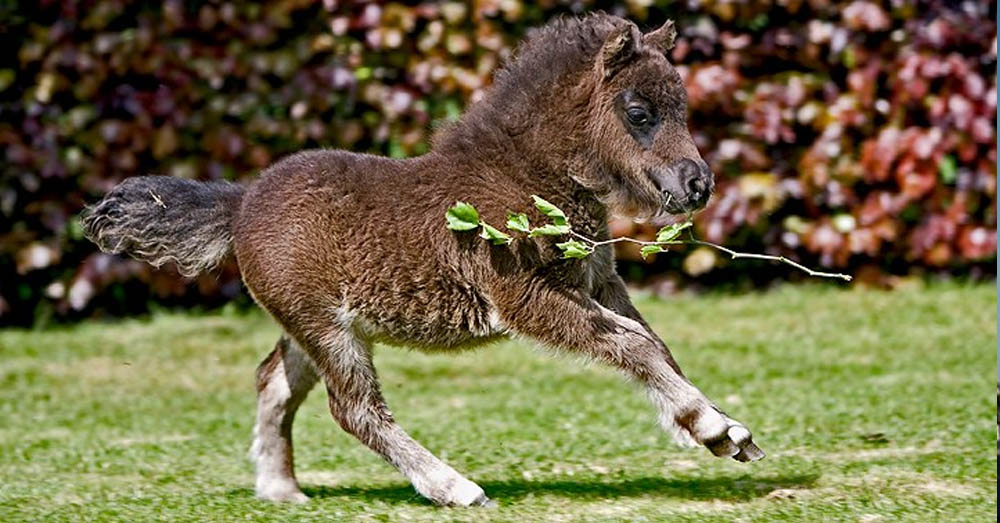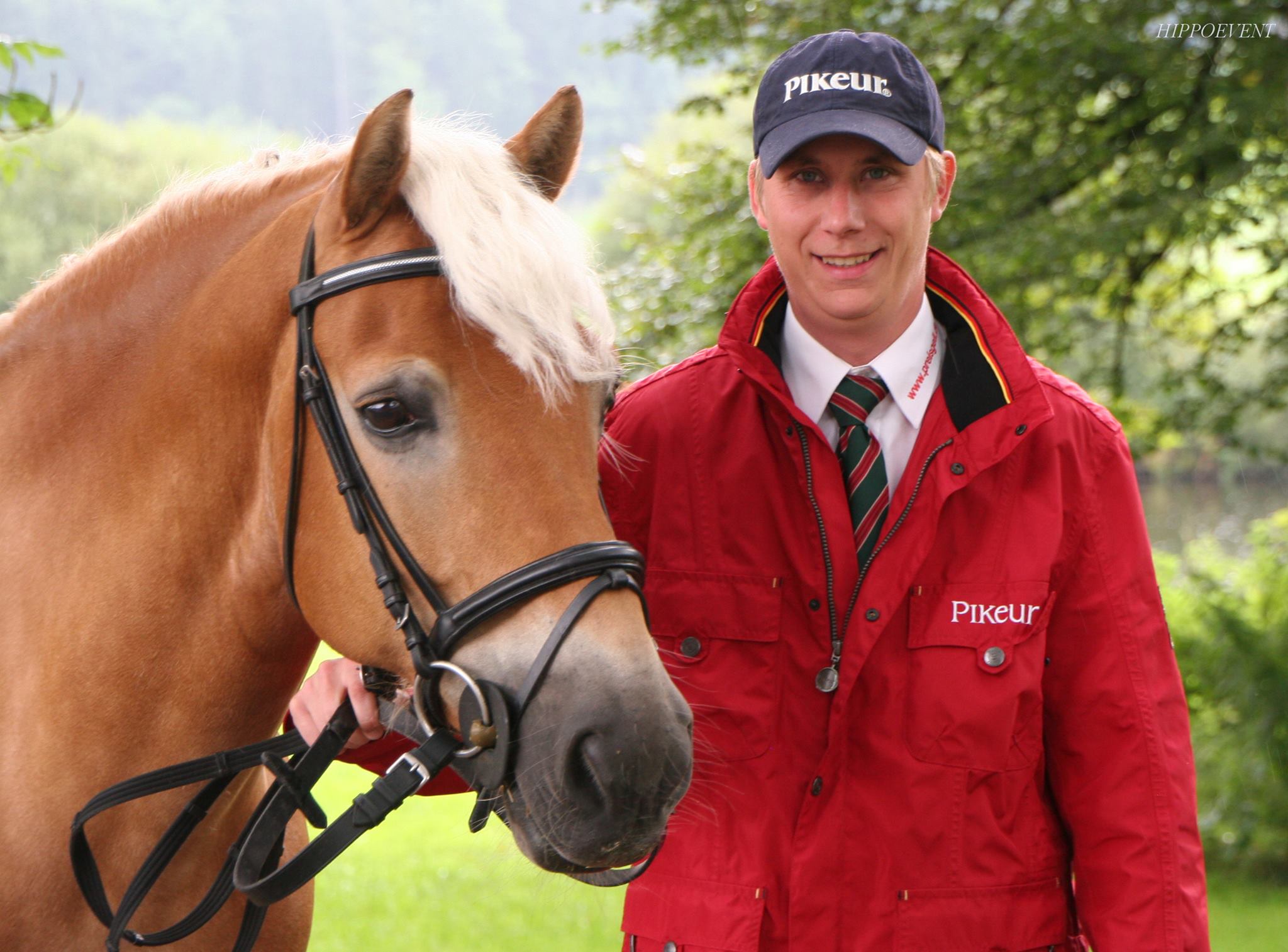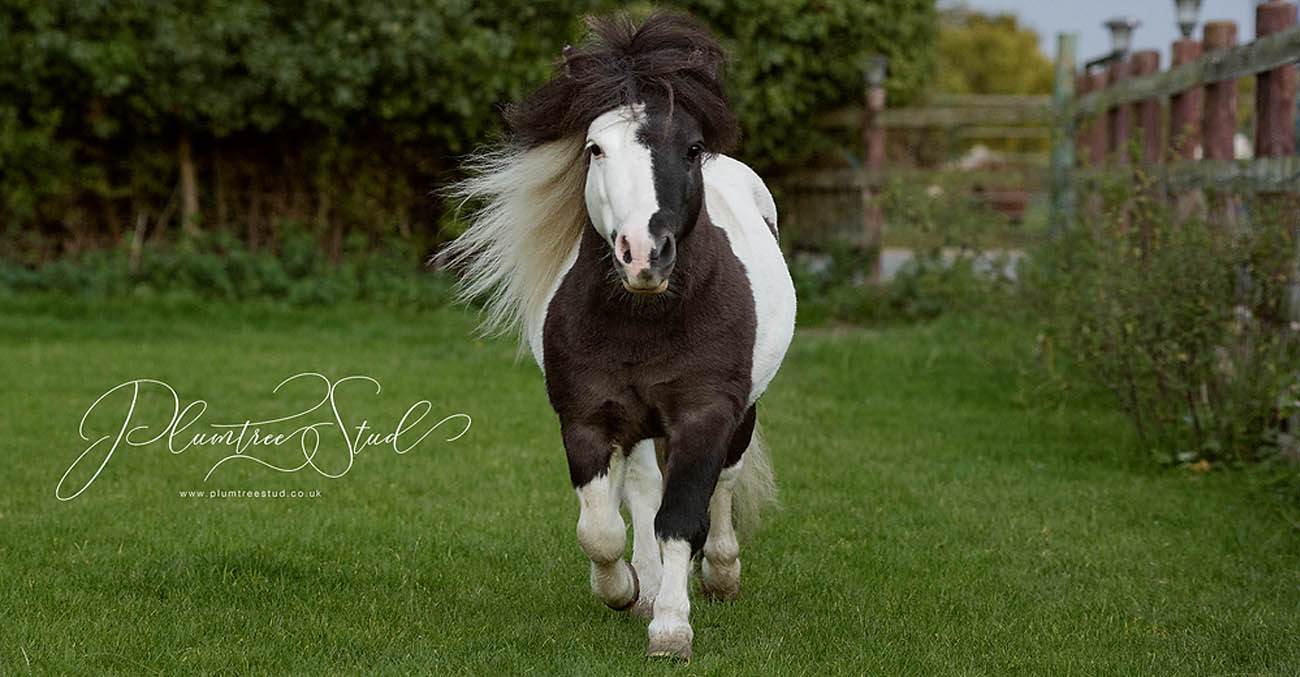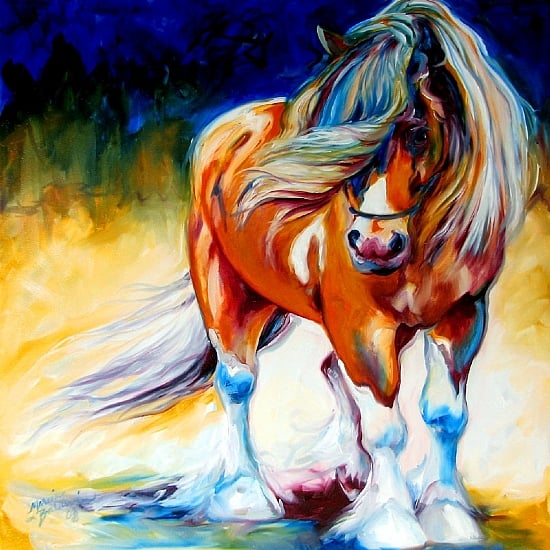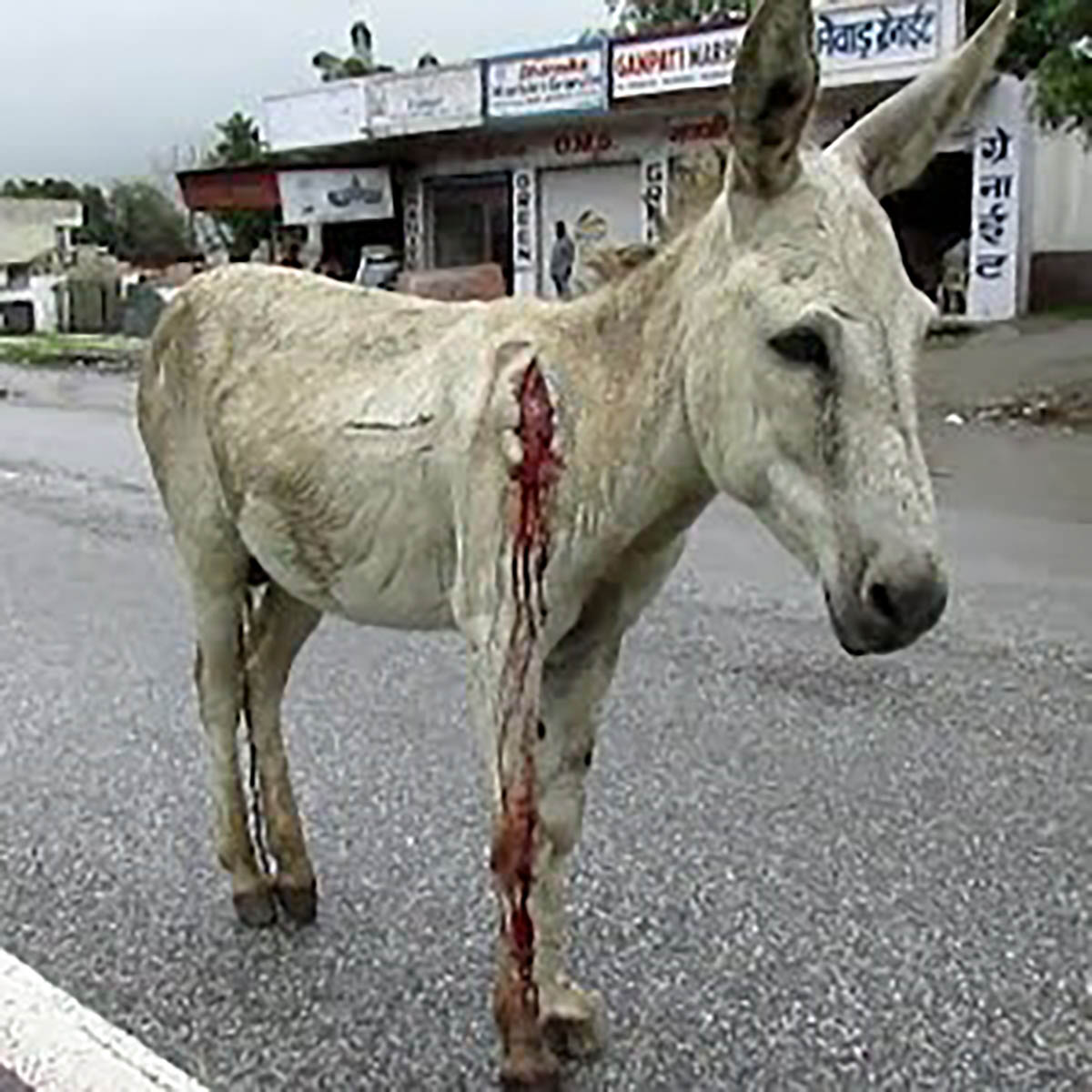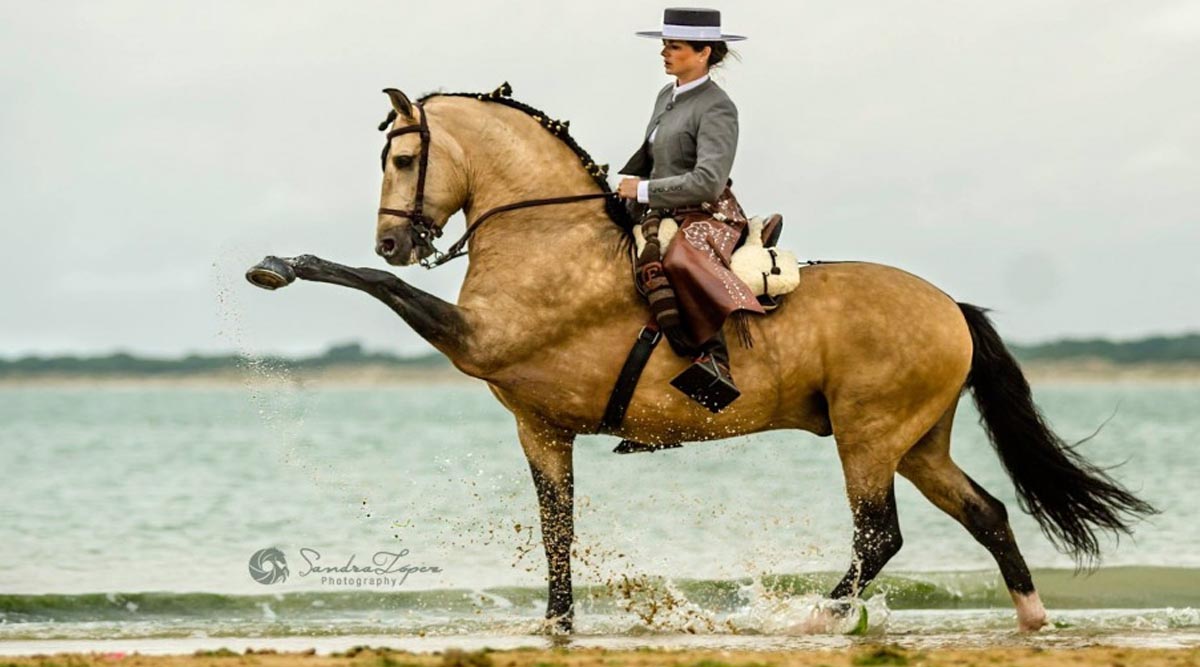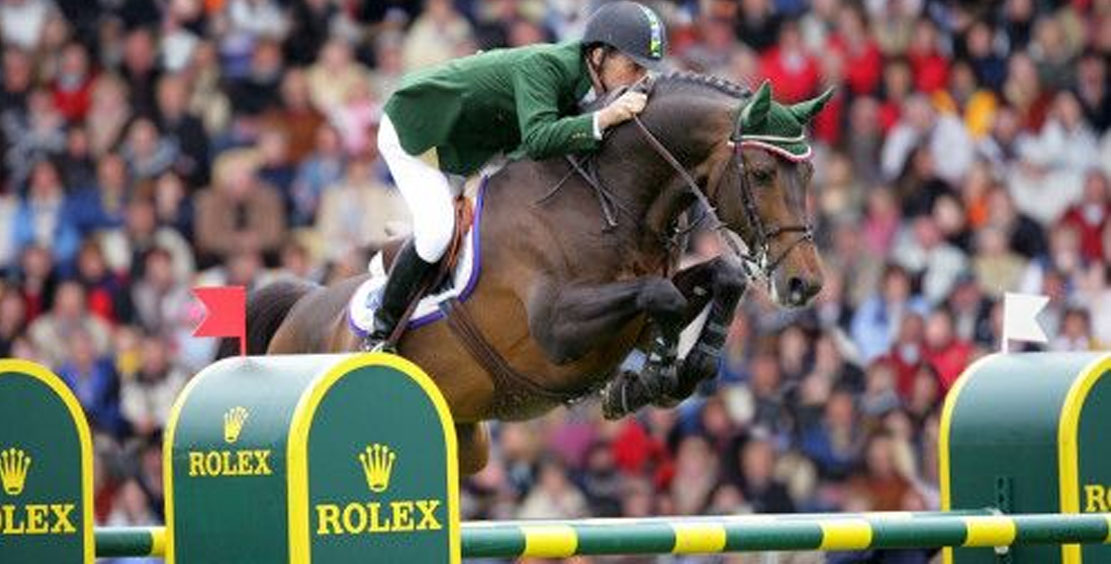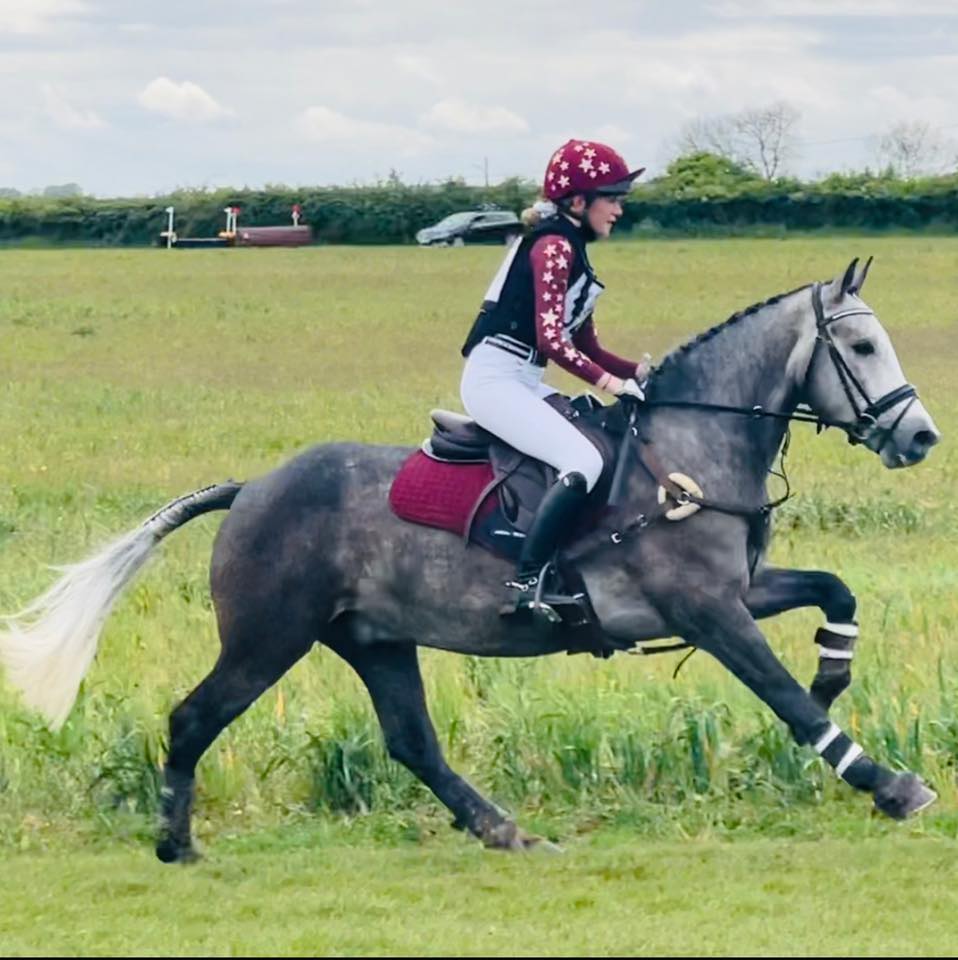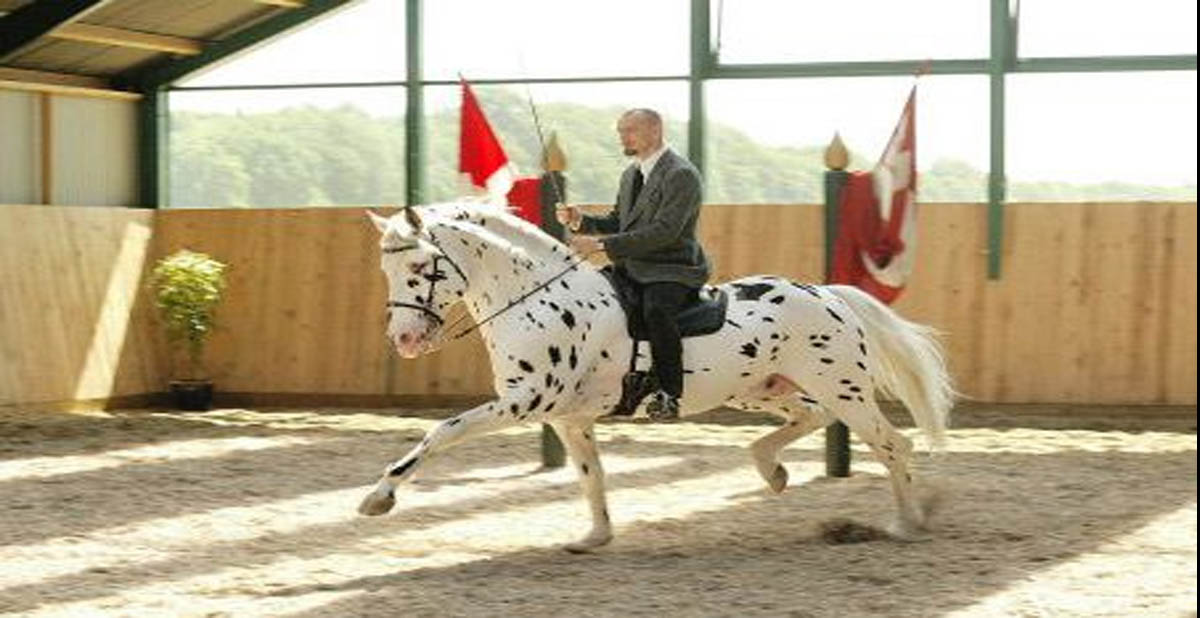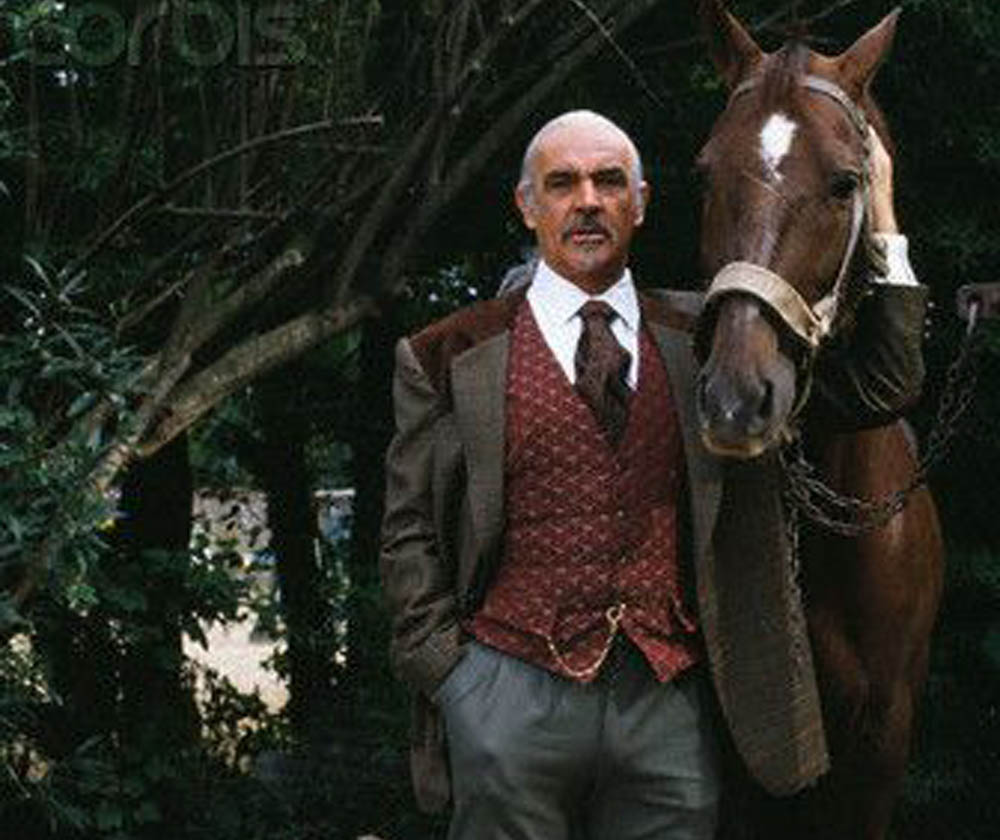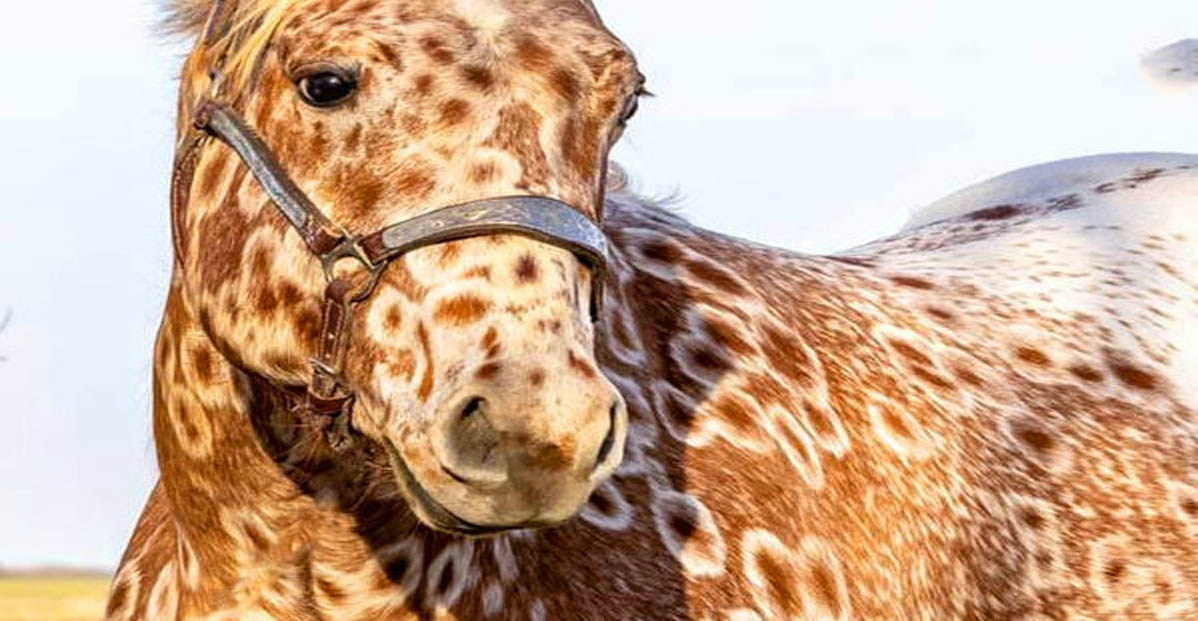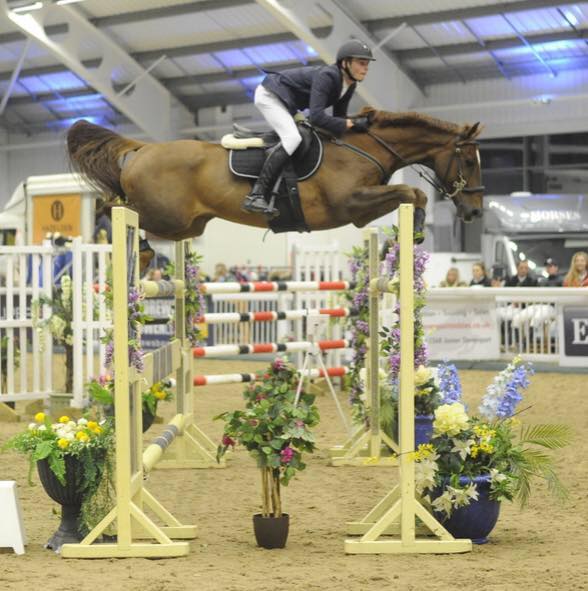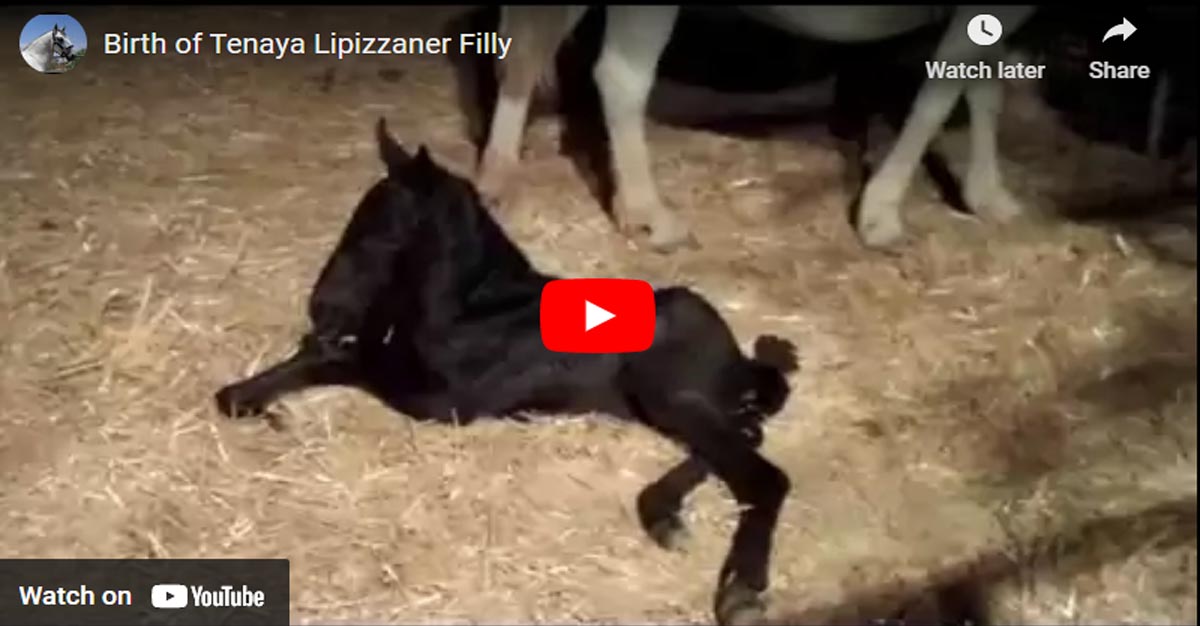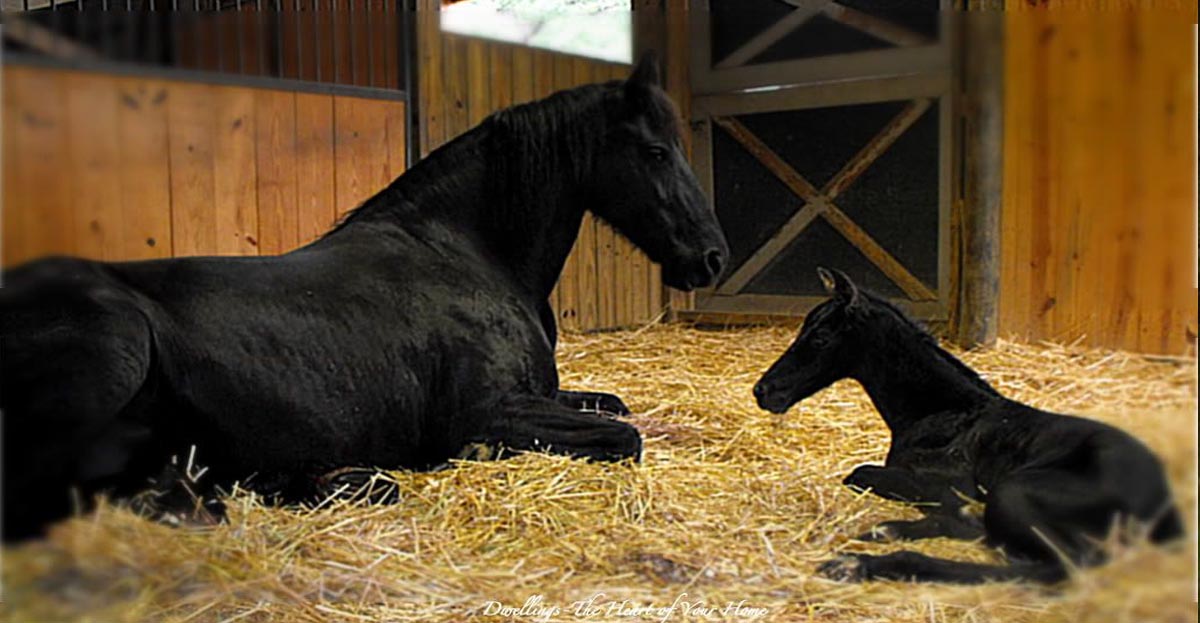Davy Bouvier Chabot
Davy Bouvier Chabot is a French showjumper who has competed internationally,below you can watch Davy in action with Positano de Beaufour, by Le Tot de Semilly (SF) and Isiane by Voltaire.



Winter leg care
If you discover your horse has mud fever, the first thing to do is brush any mud off then clip the affected areas to remove as much hair as possible away from the wounds. Donít clip your horseís legs to avoid mud fever, hair helps protect the legs and keep the mud away from the skin.
Try not to blast the legs with a cold hose pipe, mud fever sores do not like water and this will be an uncomfortable process. Use a gentle baby shampoo with tea tree or some hibiscrub and dry the legs thoroughly (we mean thoroughly). Have a pile of clean towels handy or better still, use the microfiber ones as they can absorb a lot more water.
Once the leg is clean, add an oil based product to soften the scabs, then leave for 20-30 mins to allow softening to take place. Hopefully the gentle washing will have helped to remove some scabs, but the deeper ones may need further help.
Try to remove all the scabs now if your horse will let you, remember, it will be very sore so, depending on how bad it is, be prepared to take your time. It might be worth getting a friend to help by holding a leg up or just calming the horse. Despite all your hard work, scabs may keep appearing over a few days or even weeks, continue to treat as above
If your horse has white hair (and therefore pink skin) on the legs or if you have a heavier horse with feathers, they may be more prone to mud fever than other types. For long feathers, the dirt can become trapped against the skin. In the case of long feathers, it might be advisable to remove the bulk of the hair, but not a fine clip, leave some of the hair to provide a way for water to drain off the leg.
Letís face it, mud is hard to avoid for almost everyone. Some horses will have to spend large parts of their turnout time in deep mud. Obviously, where ever possible, it is best to avoid this scenario but if you canít avoid it, there are things you can do to help prevent it.
Donít wash the legs!
Excessive washing can damage the skin, especially in cold conditions. If you do wash, make sure the legs are bone dry when you have finished. Instead, wait for the mud to dry and brush it off. Then apply a barrier cream or oil before turn out.
Donít wear dirty brushing or over reach boots!
Check that all your horsesí boots are always clean, a small piece of grit could irritate the skin and weaken it enough to let the bacteria in. Make sure they are free of all sweat, hair and dirt before you use them. If in doubt, donít wear them. Mud fever bacteria loves a dirty boot.
Davy Condon - Video Davy Condon on the BoyleSports Irish Grand National

Davy Bonilla
Davy Bonilla - FranceDavy Celis
Davy Celis - BelgiumDavy Gielis
Davy Gielis - BelgiumDavy Lannoo
Davy Lannoo - Belgium
Davy Thijssen
Davy Thijssen - hollandDavy Delaire
Davy Delaire - France - Horse VaultingJaroslav Kadavy Jr
Jaroslav Kadavy Jr - CzechDavy Condon
Davy Condon is a champion national hunt jockey who began his racing career with race horse trainer Willie Mullins, over the course of his racing career Davy Condon had a number of significant wins, these include Realt Mor in the 2013 Powers Gold Cup, Pandorama in the Drinmore Novice Chase and Go Native in the Fighting Fifth. Below you can watch the great ride from Davy Condon racing to victory in a very competitive field in the Fighting Fifth with Go Native.
Winter leg care
If you discover your horse has mud fever, the first thing to do is brush any mud off then clip the affected areas to remove as much hair as possible away from the wounds. Donít clip your horseís legs to avoid mud fever, hair helps protect the legs and keep the mud away from the skin.
Try not to blast the legs with a cold hose pipe, mud fever sores do not like water and this will be an uncomfortable process. Use a gentle baby shampoo with tea tree or some hibiscrub and dry the legs thoroughly (we mean thoroughly). Have a pile of clean towels handy or better still, use the microfiber ones as they can absorb a lot more water.
Once the leg is clean, add an oil based product to soften the scabs, then leave for 20-30 mins to allow softening to take place. Hopefully the gentle washing will have helped to remove some scabs, but the deeper ones may need further help.
Try to remove all the scabs now if your horse will let you, remember, it will be very sore so, depending on how bad it is, be prepared to take your time. It might be worth getting a friend to help by holding a leg up or just calming the horse. Despite all your hard work, scabs may keep appearing over a few days or even weeks, continue to treat as above
If your horse has white hair (and therefore pink skin) on the legs or if you have a heavier horse with feathers, they may be more prone to mud fever than other types. For long feathers, the dirt can become trapped against the skin. In the case of long feathers, it might be advisable to remove the bulk of the hair, but not a fine clip, leave some of the hair to provide a way for water to drain off the leg.
Letís face it, mud is hard to avoid for almost everyone. Some horses will have to spend large parts of their turnout time in deep mud. Obviously, where ever possible, it is best to avoid this scenario but if you canít avoid it, there are things you can do to help prevent it.
Donít wash the legs!
Excessive washing can damage the skin, especially in cold conditions. If you do wash, make sure the legs are bone dry when you have finished. Instead, wait for the mud to dry and brush it off. Then apply a barrier cream or oil before turn out.
Donít wear dirty brushing or over reach boots!
Check that all your horsesí boots are always clean, a small piece of grit could irritate the skin and weaken it enough to let the bacteria in. Make sure they are free of all sweat, hair and dirt before you use them. If in doubt, donít wear them. Mud fever bacteria loves a dirty boot.
Davy Condon - Video Davy Condon on the BoyleSports Irish Grand National



